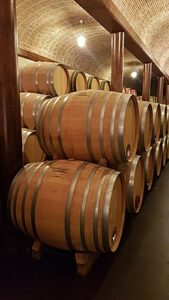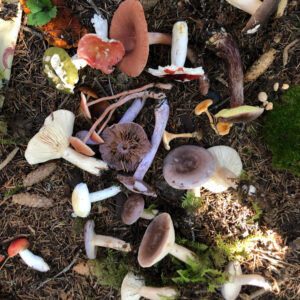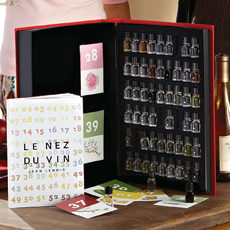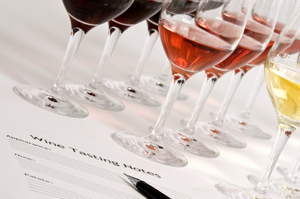Tis the season for parties with families, friends, neighbors and co-workers! There is no better and more festive time to gather together those closest to you to celebrate, unwind and be merry. Yet to truly throw the perfect party, there must be outstanding food and beverage offerings.
Arguably, one of the easiest, most eye-catching and crowd-pleasing party food around is a beautiful, international charcuterie and cheese board. Every board is unique and reflects a variety of different flavors and textures sure to please even the pickiest party guest.
The staple of any charcuterie board is an array of salted, cured and smoked meats. This often includes selections such as prosciutto, jamón, salami, chorizo and pâté. A combination of hard and soft cheeses, ranging from mild to robust, will offer something for every palate. The board can be rounded out with sweet and sour flavors from olives, pickled vegetables, cornichons (those adorable tiny pickles), mustards and jams.
With such an array of flavors and textures, the idea of pairing such a curated charcuterie board with one or two appropriate wine selections can be daunting. Fortunately, it is much easier than you would imagine.
The primary flavor components of a charcuterie board are salty, spicy/smoky and fatty. Any wine selection should pair well with each of these elements. There may be a temptation to pair a big, bold red wine with a charcuterie board because of the meats, however, this would not be the ideal choice. The complex flavors in a big, red wine from tannins, oak and high alcohol will have negative interactions with the variety of flavors on a charcuterie board, making the wine taste more bitter and astringent.
The ideal pairing for charcuterie would be wines with high acidity to cut through the creamy fats, as well as fruity flavors that can stand up to the bitter salt and spice. Here are a selection of five can’t miss pairings for even the most diverse charcuterie and cheese boards.
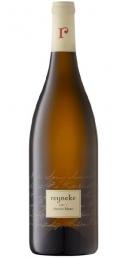
#1. Reyneke Chenin Blanc 2017, $25
This wine is bright and fresh with a nice streak of acidity to cut through fatty meats and creamy cheeses, while ripe fruit flavors of apple, citrus and peach add a striking balance to smoky meats.

#2. Charles Smith Kung Foo Girl Riesling Evergreen 2017, $12
Riesling’s naturally high acidity is the perfect compliment to balance decadent creamy and salty cheeses. The cheeses also tone down the sweetness of the wine, bringing this pairing into perfect balance. Kung Foo Girl is brimming with lively acidity, and peach, apricot and citrus flavors.
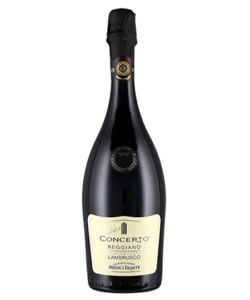
#3. Medici Ermete Concerto Lambrusco Reggiano 2018, $20
This light, fizzy Italian red that is slightly off-dry is perfect for smoothing out those spicy and smokey charcuterie flavors. The high acidity and delicate bubbles keep the palate fresh after creamy, heavy cheeses, and the berry and bubblegum flavors make this a fun and lively wine for any party.
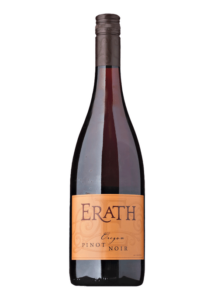
#4. Erath Pinot Noir 2016, $14
The best way to successfully pair red wine with charcuterie is to select a light-bodied, fruity pinot noir from a cooler climate, like this Erath from Oregon. This wine has mellow tannins that are smoothly integrated with tart cherry and raspberry flavors and high acidity that will compliment and not fight with the flavors on your charcuterie board.
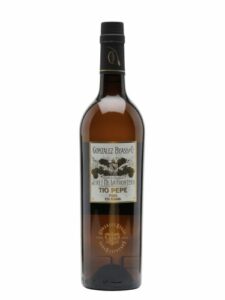
#5. Tio Pepe En Rama Fino Sherry 2015, $15
If you want to wow your guests with an unexpected pairing, consider serving this Fino Sherry. Sherry is a fortified, dry white wine with aromas of bread, almonds and citrus. Legend has it that tapas was invented by a Spanish king after he drank sherry while eating cured ham, so charcuterie was made for this wine!
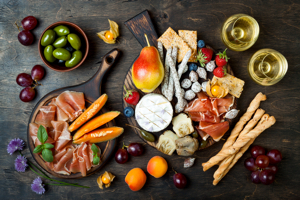
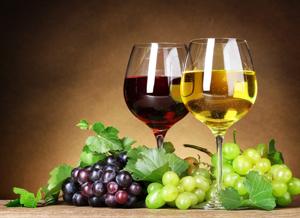
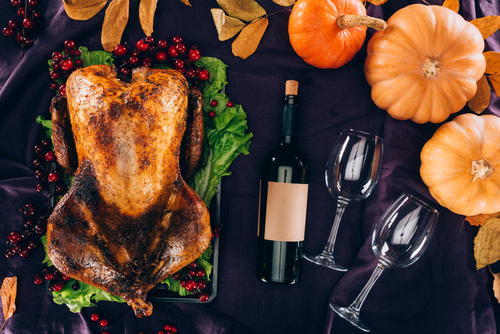
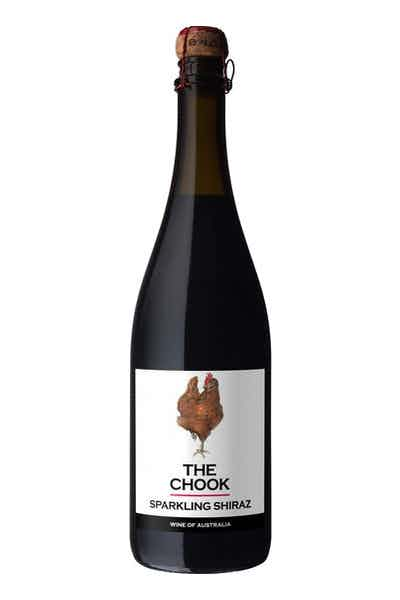





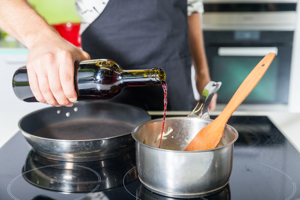
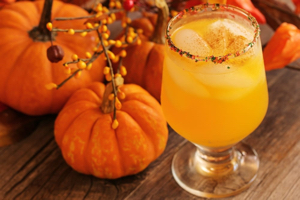
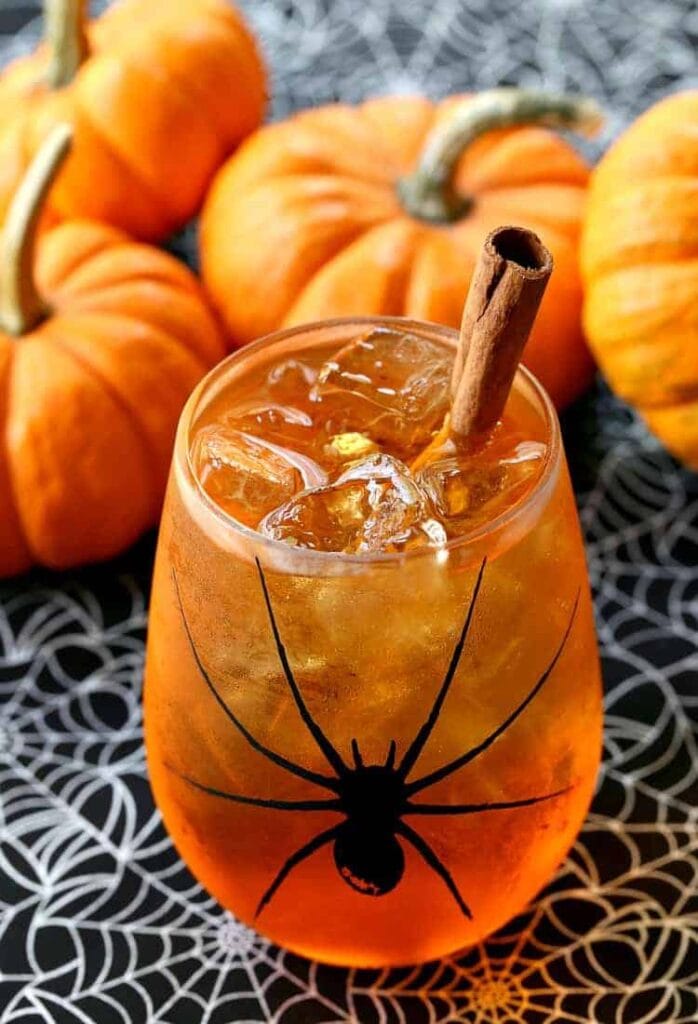
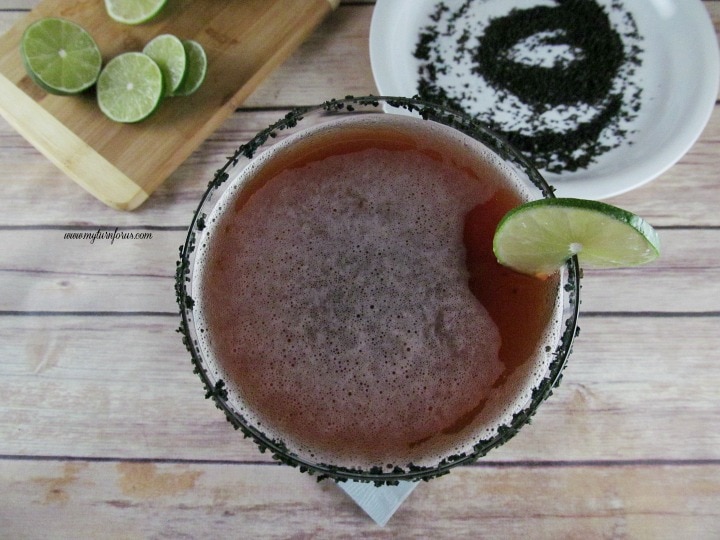

:max_bytes(150000):strip_icc():format(webp)/donq-bloody-rum-punch-760454-hero-01-and-step-04-d2fe26d3b2544e4386521214f1452fba.jpg)
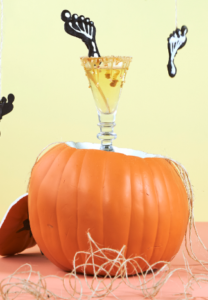
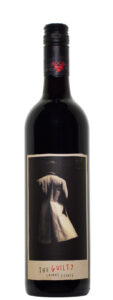


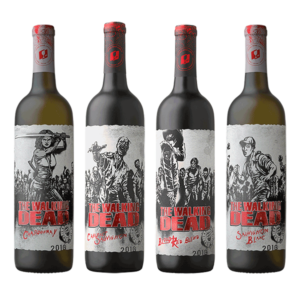
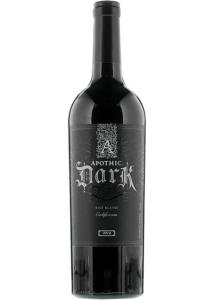
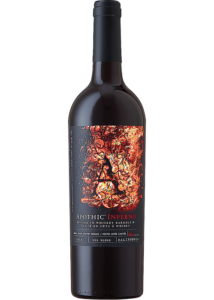
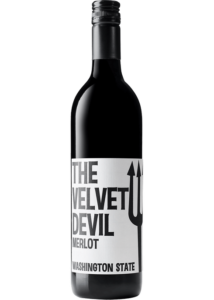
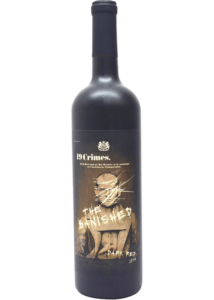
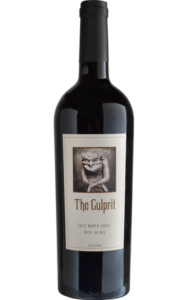
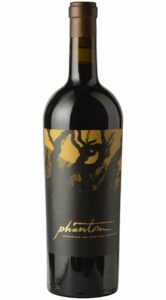
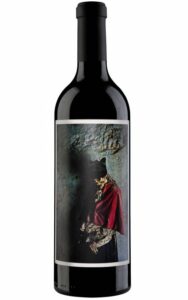
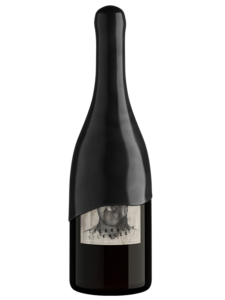
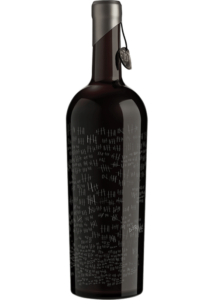
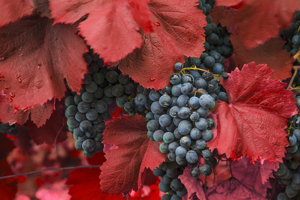
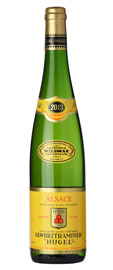
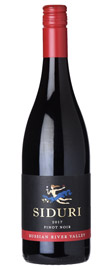
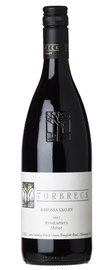
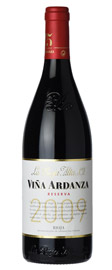

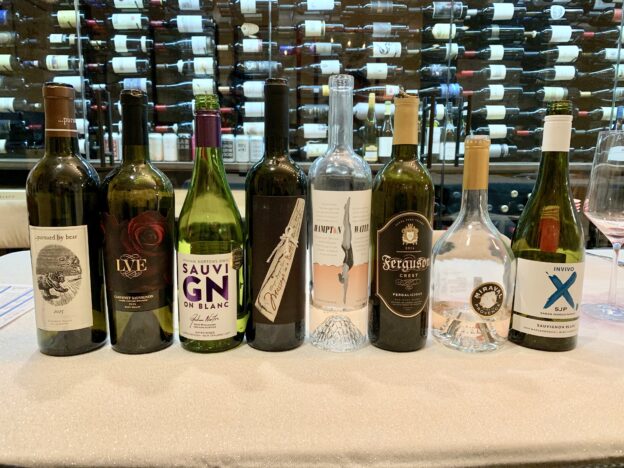
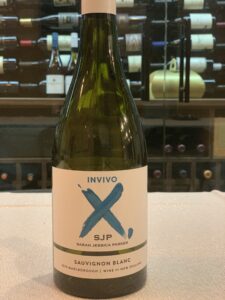
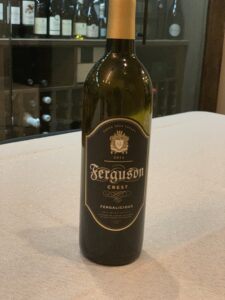
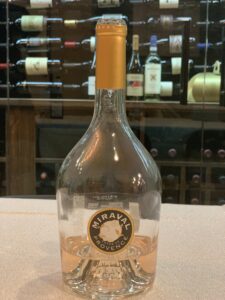
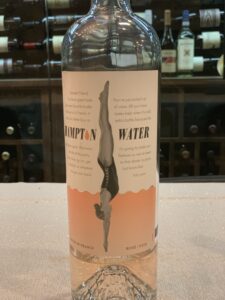
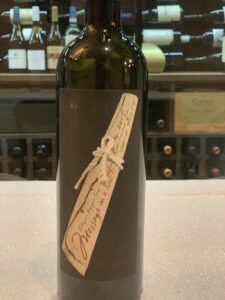
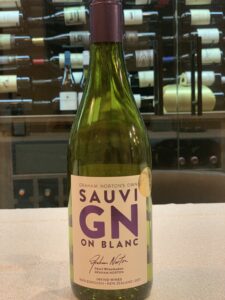
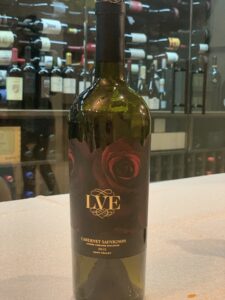
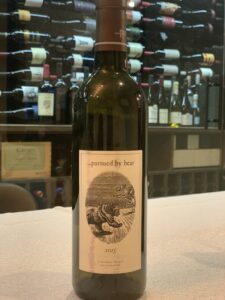

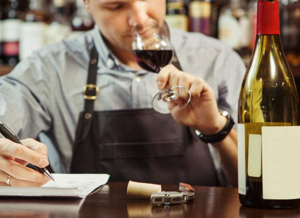
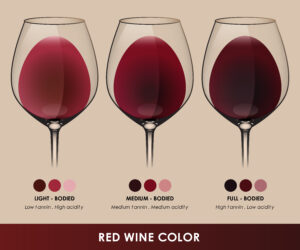
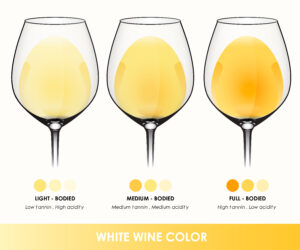
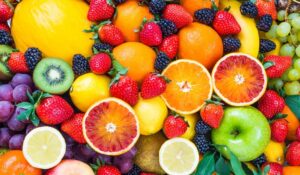 s will often have aromas of red, black and blue fruits (blackberry, blueberry, cherry, strawberry, etc.). You may get a whiff of herbal/spicy aromas like bell pepper, rosemary or black pepper. Floral aromas, such as violets, chamomile or roses, can be harder to detect.
s will often have aromas of red, black and blue fruits (blackberry, blueberry, cherry, strawberry, etc.). You may get a whiff of herbal/spicy aromas like bell pepper, rosemary or black pepper. Floral aromas, such as violets, chamomile or roses, can be harder to detect.